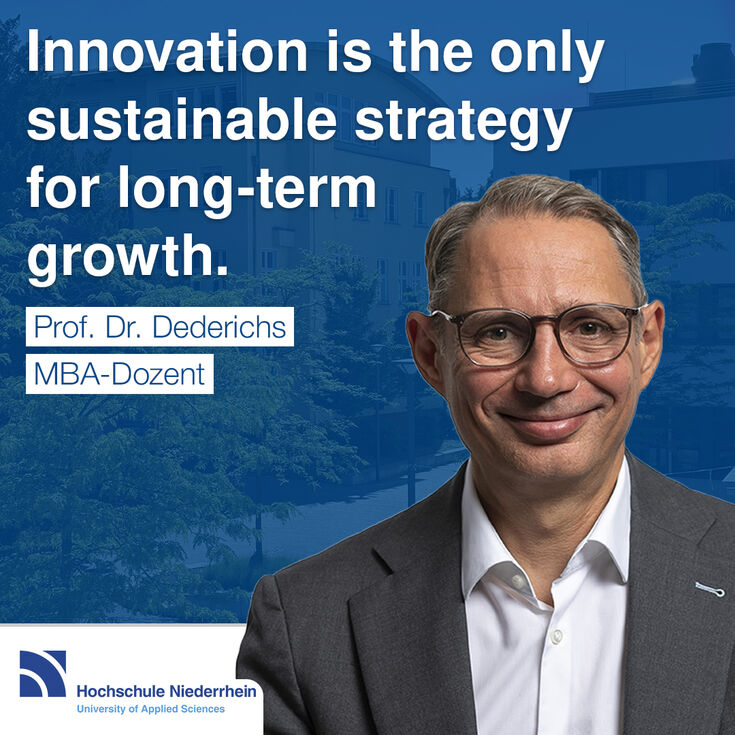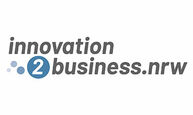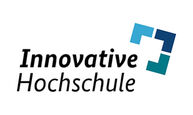Question 1: Professor Dederichs, could you briefly tell us about your professional background and how you became involved in the field of innovation and transformation?
Of course. I spent 30 years in the industry, most of which with a large multinational technology company called 3M. 3M is renowned for being one of the most innovative companies in the world. That’s what sparked my interest, and how I became involved not only in innovation from a practical perspective but also in researching and teaching it.
Question 2: What personally drew you to focus on innovation and change management in your academic and consulting work?
I’m strongly convinced that companies must innovate if they want to survive long term. Innovation is the only sustainable strategy for long-term growth. Moreover, if we want to solve the major sustainability challenges facing our planet, we need companies—and the ingenuity of their research and development—to play a leading role. That’s what drives me: bringing innovation, sustainability, and change together.
Question 3: What role does innovation play in the long-term success of companies today, especially in uncertain and volatile environments?
Companies can only survive if they adapt to changing circumstances, which means they must innovate. For me, innovation means coming up with new ideas that deliver customer value, have a real impact, and help make the world a better place. That’s essential for any company aiming for long-term success.
Question 4: What are the core learning objectives of the Innovation and Transformation module in the MBA program?
We focus on key concepts for both innovation and change management. That includes creating innovation processes and exploring cultural elements that foster innovation. We spend most of our time applying these tools and methods to practical situations, bringing the theory to life.
Question 5: In the course, you discuss success factors for innovation processes. Could you highlight a few that students find especially surprising or insightful?
Students are often most intrigued by modern and innovative organizational structures. We look at examples from highly innovative companies like Haier, a Chinese appliance manufacturer, and Spotify. These companies go beyond traditional innovation processes—their success is deeply rooted in how they structure their organizations. That tends to be what resonates most with students.
Question 6: How do you introduce students to tools like portfolio management in the context of new product development?
We always work with practical examples. For instance, we brainstorm new product ideas for a company, then evaluate their value proposition, market potential, and our capability to deliver them. We rank the ideas, assess risk, and eventually develop a product portfolio — a real roadmap of potential product developments. It’s an iterative approach: theory followed by immediate application. The tools we use always produce tangible results, simulating what real-world portfolio management looks like.
Question 7: The course also includes the concept of open innovation. How do you explain this approach, and why is it becoming more relevant today?
The core idea of open innovation is simple. Traditionally, companies relied on their internal R&D departments. A big corporation might have 5,000–6,000 R&D employees. But in reality, there are probably 1 million people globally with relevant knowledge.
Open innovation is about systematically reaching out to that external expertise—whether it’s from suppliers, universities, research institutions, or even competitors. It’s about tapping into the broader ecosystem of knowledge and doing so in a structured way. That’s the essence—and power—of open innovation.
Question 8: Could you share an example where a network-based innovation involving partners led to major business transformation?
We often see transformation when companies collaborate closely with key accounts. For example, if a company like 3M works with a major client like Airbus, they engage in strategic discussions around the client’s vision and how 3M’s capabilities can help make that vision a reality. It’s about creating win-win solutions that deliver shared value through joint innovation.
Question 9: You also discuss how corporate culture can foster or hinder innovation. What are some key cultural factors that leaders should be aware of?
An innovation process can be found online or generated by AI—it’s not the hard part. What truly matters is innovation culture.
That means fostering failure tolerance, allowing people to learn from mistakes instead of punishing them. Take Google’s 20% rule, where employees can spend 20% of their time on projects they personally believe in, regardless of corporate priorities.
Other cultural drivers include developing employees based on their strengths rather than weaknesses. Instead of fixing deficits, we should nurture passions and areas where people excel. Another key factor is the “Leaders Teaching Leaders” concept—having experienced leaders mentor junior ones by sharing real stories about career decisions, business challenges, and personal growth. This internal mentorship is often more powerful than external training and helps sustain an innovation culture across generations.
Question 10: Change management is often seen as difficult. What factors do you teach to help make transformation processes more successful and sustainable?
I often begin by challenging the notion that people resist change. Looking at human history, we’ve constantly adapted and evolved—otherwise we’d still be in the Stone Age. People change all the time: homes, partners, cars, hobbies.
So the real issue isn’t people—it’s structure. In corporate bureaucracies, change is harder because the environment isn’t agile. That’s what we focus on: identifying the structural barriers and discussing how to redesign corporate environments so that people—who are naturally adaptable—can embrace change more easily.
Question 11: How do students typically respond to this module? Are there any specific parts that challenge or inspire them the most?
Students are most engaged when I speak the least. Once I launch a PowerPoint, attention drops after five minutes. What they really enjoy is active involvement: flipped classrooms, sharing experiences, working on practical cases, and applying frameworks in real-time. That’s when the room is full of energy.
Question 12: Finally, what advice would you give to future leaders who want to drive innovation in their organizations?
First, understand where you are. If you’re working in government—the ultimate bureaucracy—change will be harder than in a tech company like Apple or Google. Most organizations lie somewhere in between.
If you’re not in senior leadership yet, don’t wait for permission. Don’t go up — go sideways. Find peers who share your vision. Start small, build prototypes, achieve early wins. Once you have traction, bring it to management.
Don’t start by asking, “Am I allowed to do this?” Instead, act — ask for forgiveness later if needed. Start local, build momentum, and bring leadership in once you’ve proven the value. That’s my grassroots advice for future innovators.


















